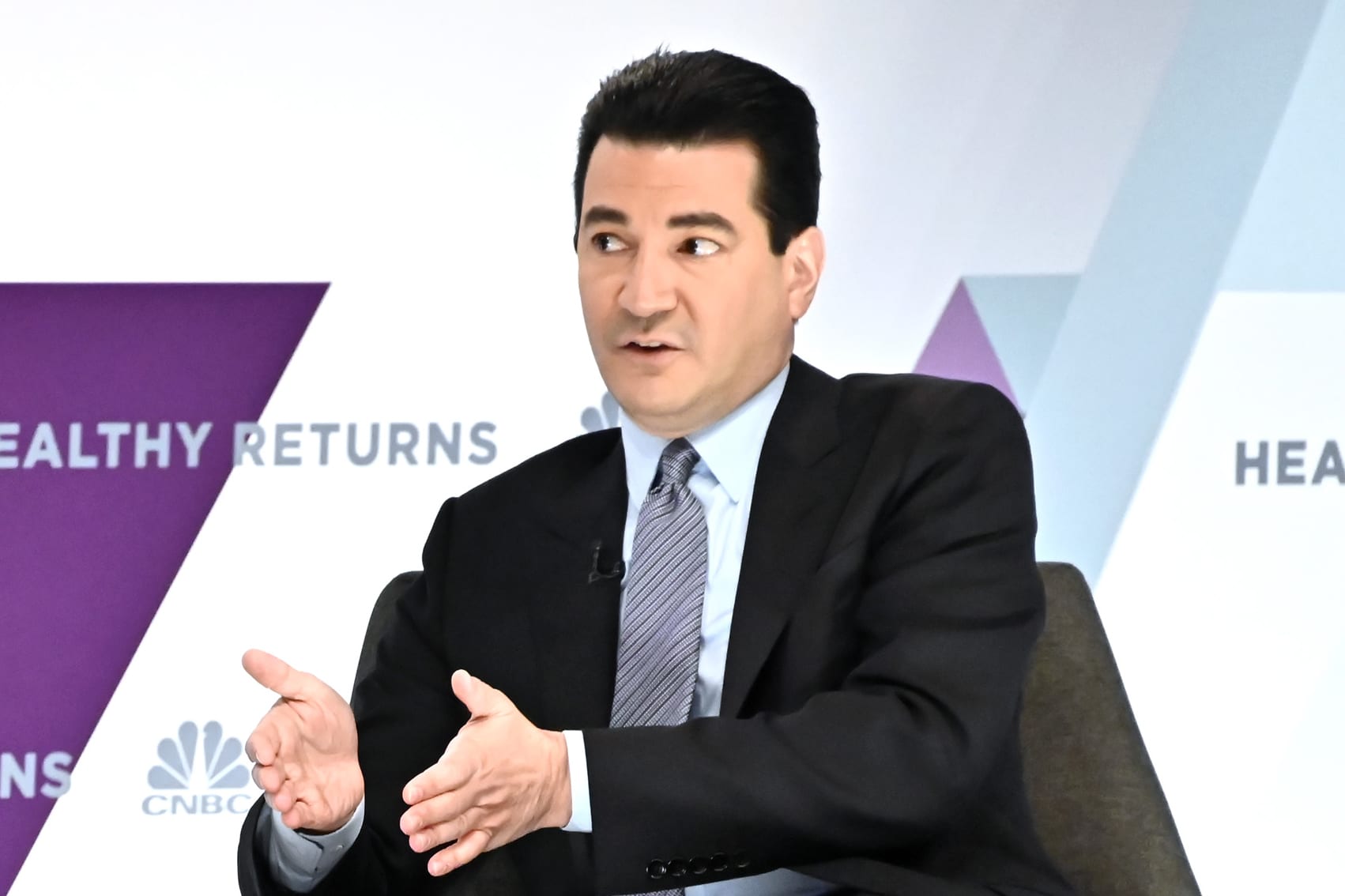With more than 60% of residents now fully vaccinated, all four primary COVID-19 metrics are at their lowest levels on record here as Massachusetts approaches the end of the 16th month of the coronavirus pandemic.
Over the weekend, the Department of Public Health reported a cumulative 87 new cases of COVID-19, announced three recent COVID-19 deaths, and counted 46,777 people who became fully vaccinated against the virus.
The average number of daily new cases (53.1), average number of daily COVID-19 deaths (1.9), average number of COVID-19 cases requiring hospitalization (99.4) and average positive test rate (0.29%) all stood at their lowest recorded levels since the earliest days of the pandemic as of DPH's Sunday update. DPH's estimate of the number of active cases of COVID-19 climbed slightly from its record low of 1,419 on Saturday to an estimated 1,432 cases as of Sunday.
The U.S. Centers for Disease Control said there are 4.2 million Massachusetts residents fully vaccinated against COVID-19, a slightly higher number than DPH reported Sunday and one that represents 61% of the Bay State's entire population, even as residents under 12 remain ineligible for the vaccine. In all, 663,625 people in Massachusetts have been infected with the coronavirus and 17,990 have died of confirmed or likely cases of COVID-19.
Get Boston local news, weather forecasts, lifestyle and entertainment stories to your inbox. Sign up for NBC Boston’s newsletters.
The combination of vaccine protection and pent-up consumer demand has the national economy "sizzling" as business and consumer confidence drives the recovery, analysts at S&P Global Ratings said Friday.
"Households are swapping their nesting instinct for their social butterfly wings, helped by a strengthening jobs market and around $2.4 trillion in excess savings in household bank accounts," the firm wrote in a press release announcing that it had raised its U.S. real GDP growth forecasts for 2021 and 2022 to 6.7% and 3.7%, respectively. "And businesses, with their biggest complaint that they can't build products fast enough to meet growing demand, have begun to add capacity."



